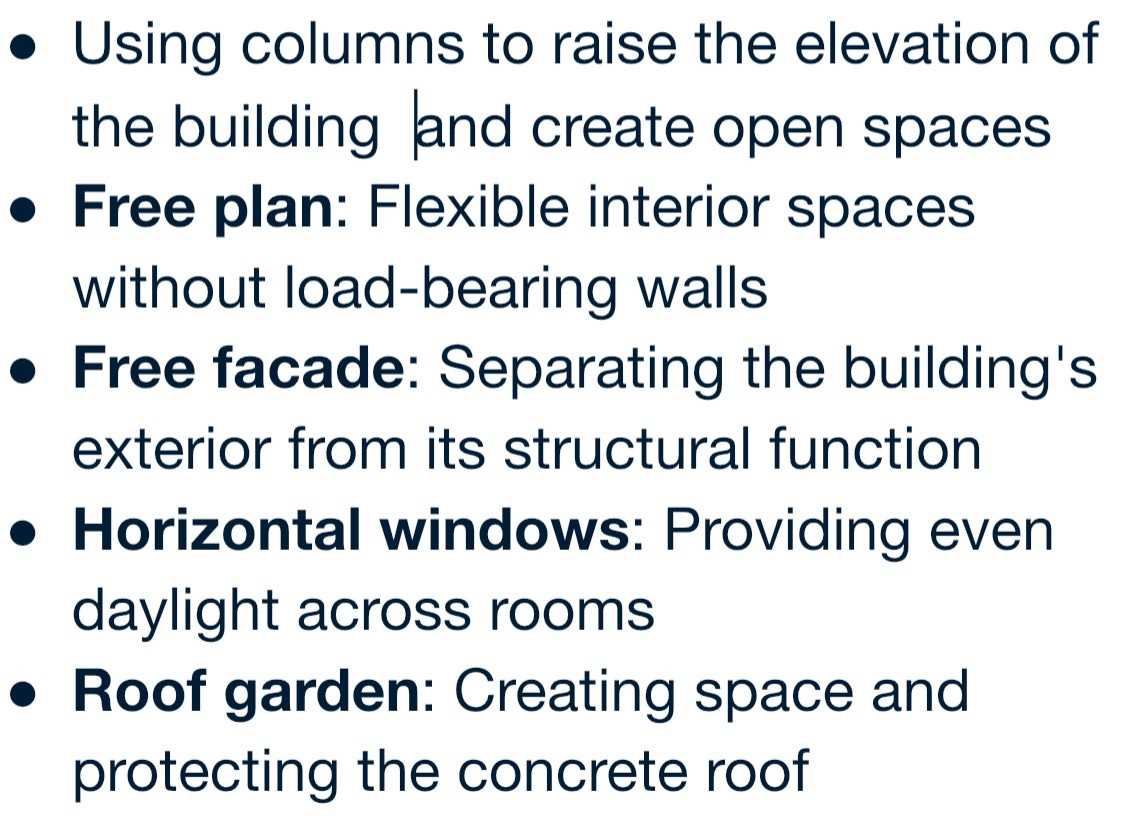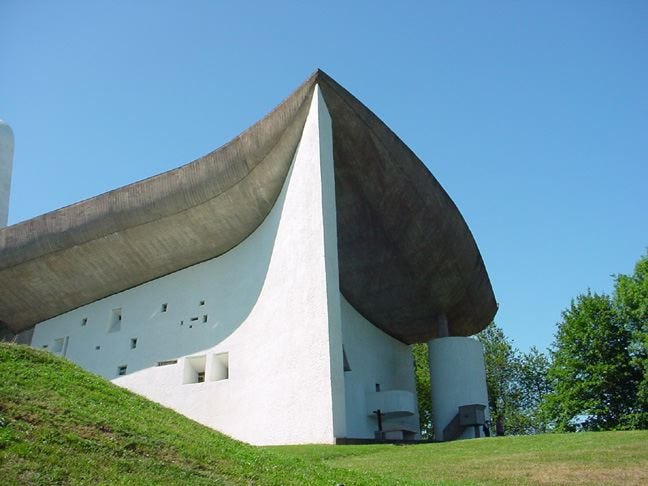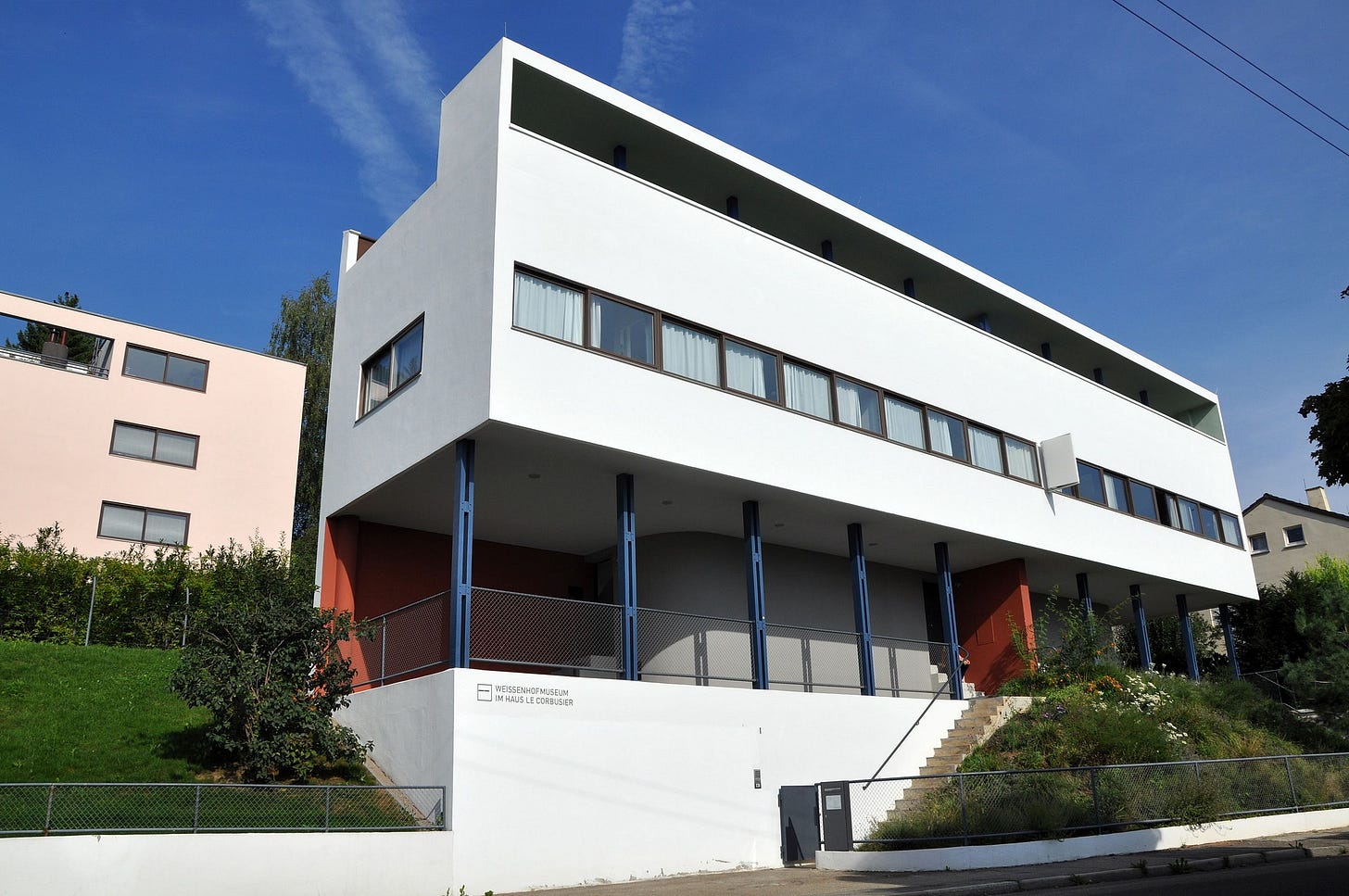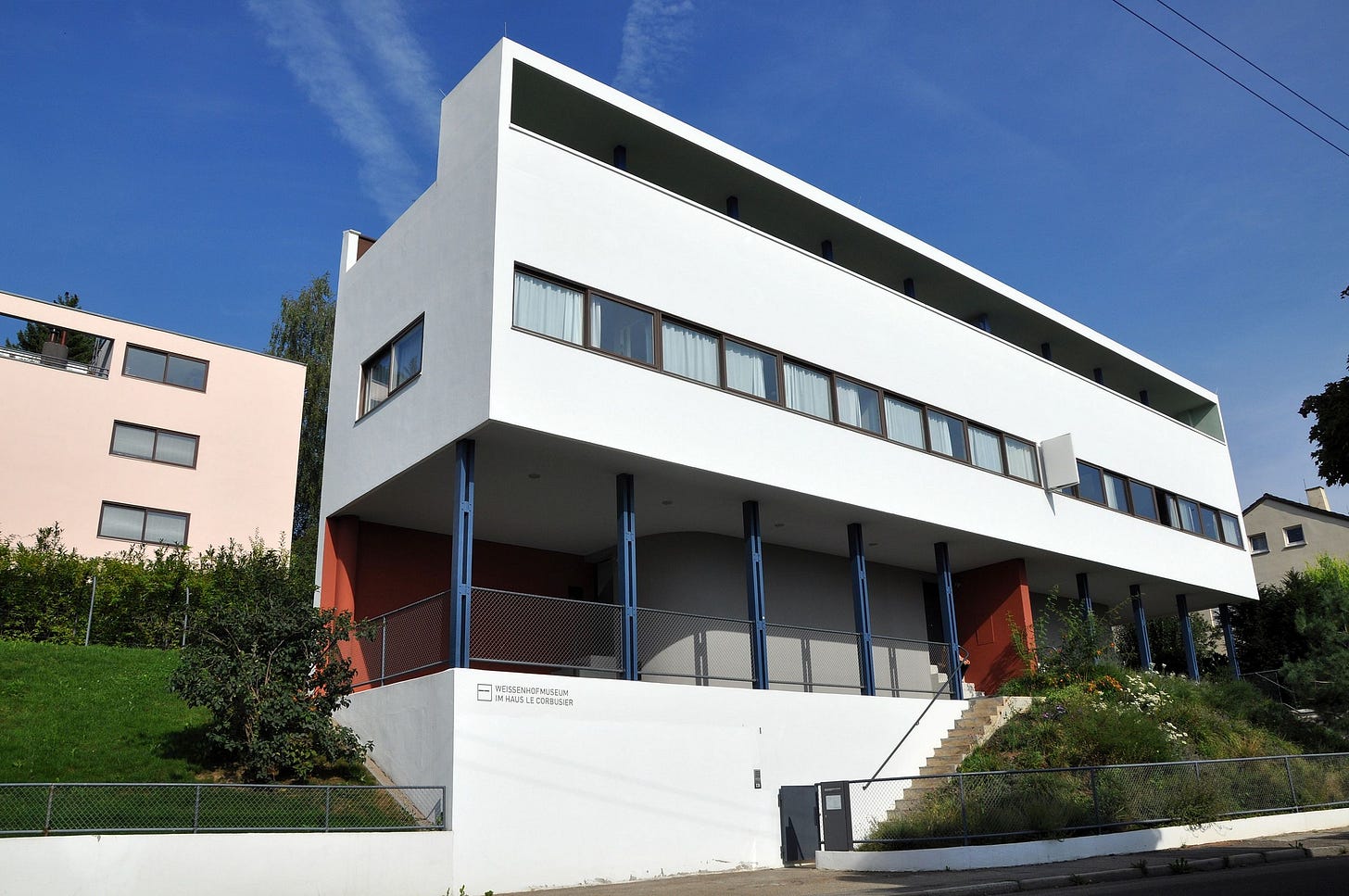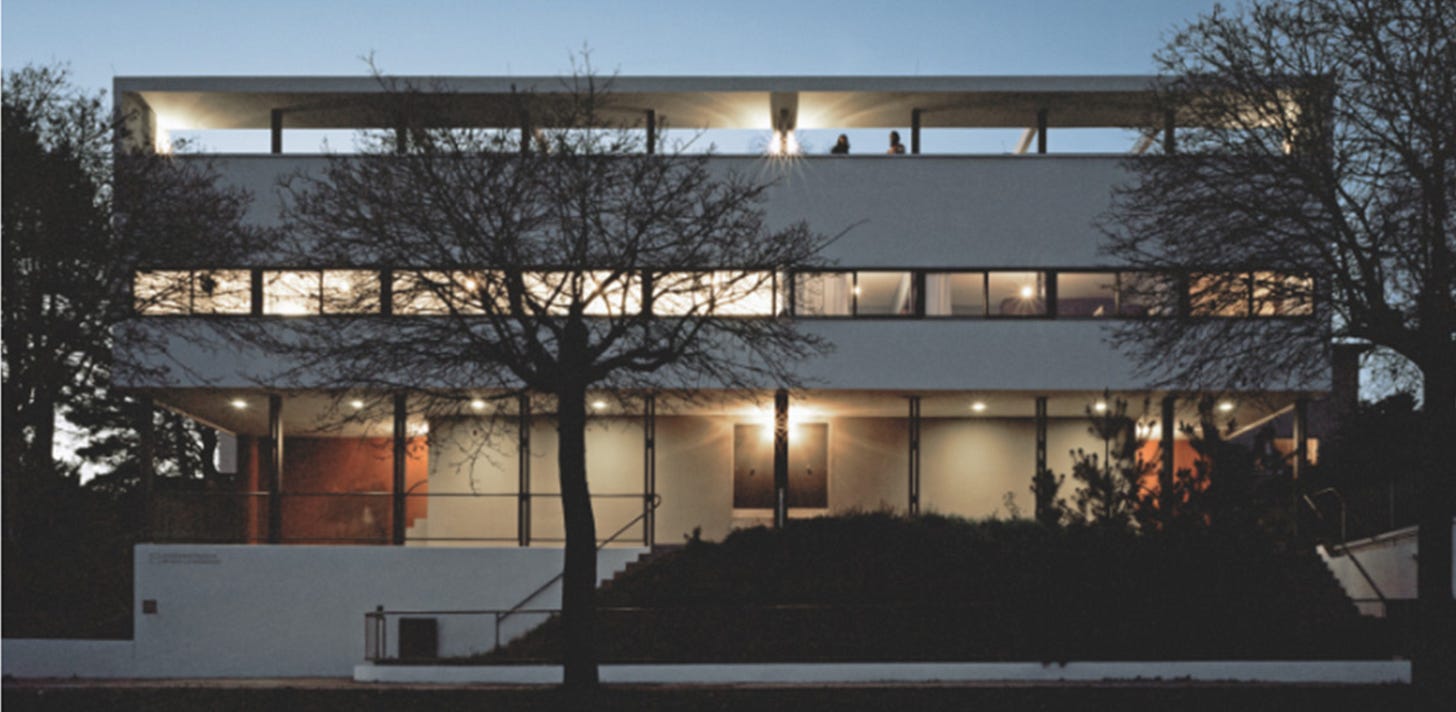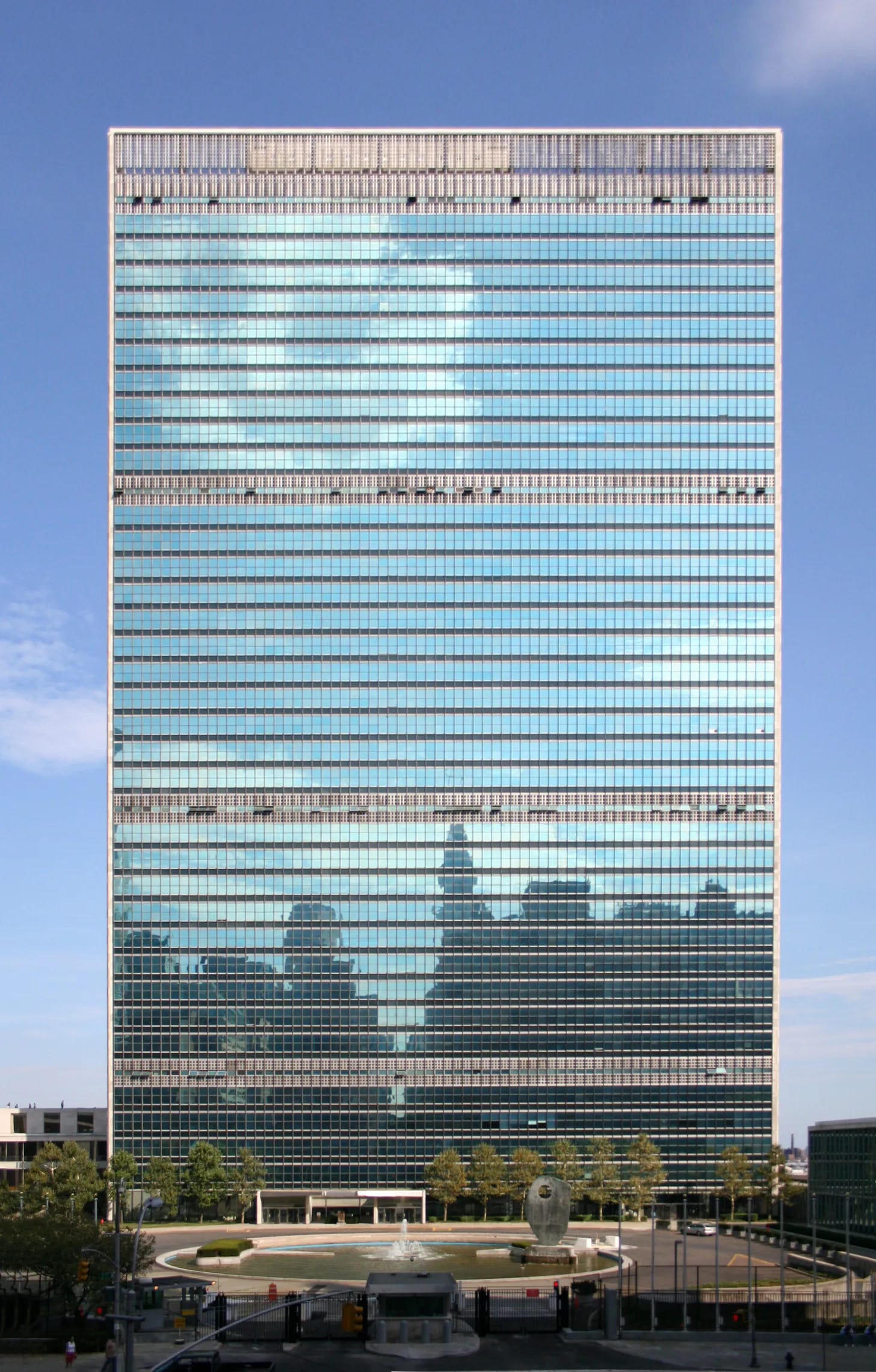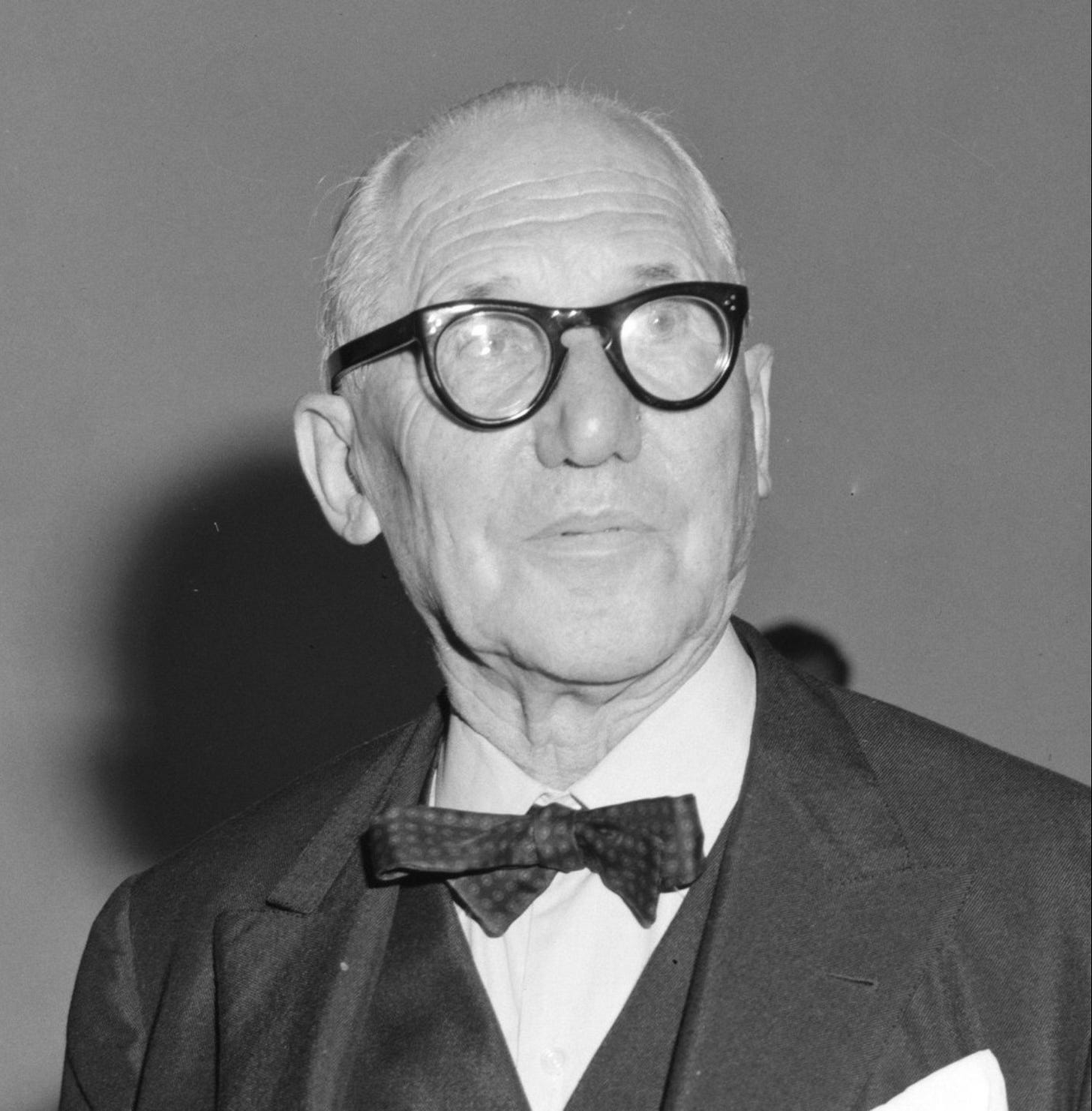
Charles-Édouard Jeanneret, known professionally and self-titled as Le Corbusier, was born in Switzerland in 1887 to French-Swiss parents. His birthplace, La Chaux-de-Fonds, is located in the Jura mountains, which is considered important for tourism, agriculture, and industry.
Villa Savoye
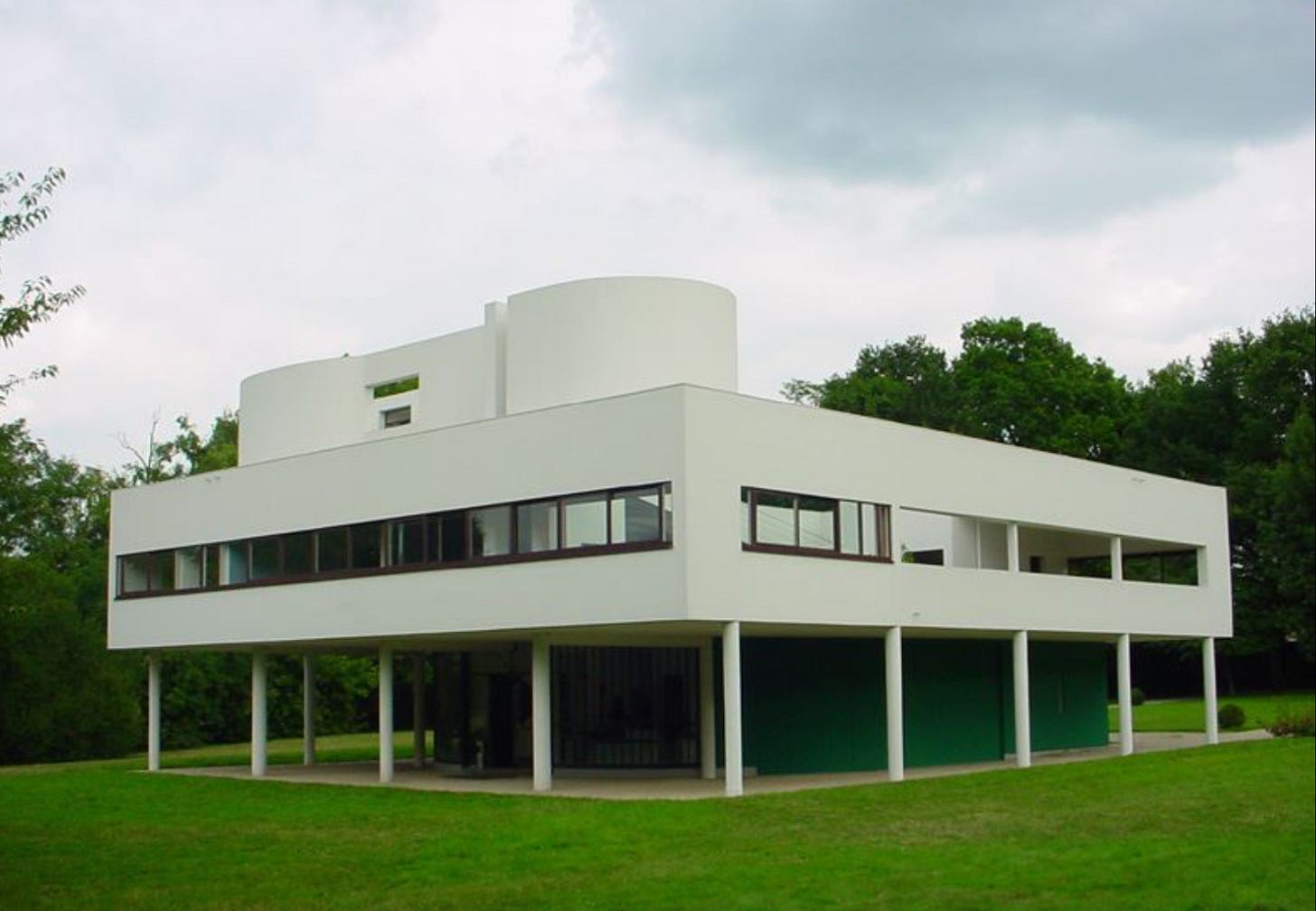
To understand the practical impact of Le Corbusier, please take a look at his classic work, Villa Savoy(1931), as shown above, which is outside of Paris. Now, travel to an upscale neighborhood in almost any American metro area, and you will find a family living in a home designed for them by an architect who had promised to adhere to some Le Corbusier principles when designing their new home. Archdaily enumerated the famous Le corbusier five principles of architecture below:
You might also notice that this architectural style is quite convenient in potential high water coastal settings. Le corbusier had this to say about the house:
the plan is pure, exactly made for the needs of the house. It has its correct place in the rustic landscape of Poissy. It is Poetry and lyricism, supported by technique
Here
In Geneva, Le Corbusier built a glass-walled apartment building with 45 units known as the Immeuble Clarté. I have only passed by it once on the way to somewhere else …..but from the road it is a remarkable visual achievement as an apartment building please click here for a video tour. This amazing work could crash the market for single family homes if apartment living always looked like this.
Chapelle Notre Dame du Haut, Ronchamp
Chapelle Notre Dame du Haut, Ronchamp might be the finest example of modernist faith-based architecture that I have discovered. Subtle and sublime come to mind but don’t quite cover it. The project originated as a post-war effort to rebuild an area devastated by the conflict.Architecture critic Eugenia Bell said this about the work:
Le Corbusier conceived of Ronchamp as a three-dimensional work of sculpture to be viewed from all sides and intended visitors to follow what he described as a “promenade architecturale” in order to capture a series of "événements plastiques” (plastic events) when approaching the building and entering its spaces. Le Corbusier’s concept of architectural procession was clearly influenced by the architecture of the ancient Greeks and particularly by the staging of the Parthenon on the Athenian Acropolis—the prototypical sanctuary atop a hill and the architect’s interpretive model for Ronchamp.
The Le Corbusier House at the Weissenhof Estate
The white house estate was a collection of buildings built jn 1927 for an exhibition. According to the associated museum:
Under the artistic direction of Ludwig Mies van der Rohe, seventeen international architects presented thirty-three innovative and forward-looking designs for modern, healthy, affordable, and functional living. The participants included great architects such as Walter Gropius, Hans Scharoun, and Le Corbusier.
The Le corbusier effort for this exhibition looks so fresh and clean that one might think it was designed last year by a contemporary architect who is a fan of the international style. That is high praise.
The UN Secretariat Building, New York, New York
The building was designed in the International Style, with all the implied functional minimalism. Like it or not, this approach was one of the dominant schools of architectural thought for about fifty years in the middle of the 20th Century
I think that every school kid within the range of a yellow school bus took a field trip to the UN in the 1960s. Many of those young students must have the same great memories that I do. The gravity of the UN's role, the live translations we observed, and the grand and modern approach of the building all left a great impression on this schoolboy.
The United Nations was established in 1945, succeeding the League of Nations, hoping to prevent another devastating world war. New York City was selected as the headquarters for the General Assembly, and a design team for the Secretariat Building was created, which included Le Corbusier and Oscar Niemeyer. Design began in 1947, construction began in 1949, and UN personnel moved into the Secretariat Building in early 1951.
The building design wasbased on the International Style, with all the implied functional minimalism. Like it or not, this approach was one of the dominant schools of architectural thought for about fifty years in the middle of the 20th Century.
The Secretariat Building was the first glass curtain wall high-rise constructed in New York City. The rectangular structure's wider east and west elevations utilize glass, while the north and south elevations employ marble.
Love it or hate it, the UN Secretariat is one of the Manhattan high-rises that paved the way for a generation of glass curtain wall projects. Perhaps the United Nations has not achieved its goals, but the building has. although it’s design was a collaborative effort. LeCorbusier said that the work was :
100% the architecture and urbanism of Le Corbusier
Conclusion
Le Corbusier was not the easiest guy to like while researching this post. To a degree, he was a 2025 social media influencer 90 years ago. From the self-rebranding of LeCorbusier to his trademark round eyeglasses and wardrobe. He was a able to create a lore around himself and to secure a cult-like following




